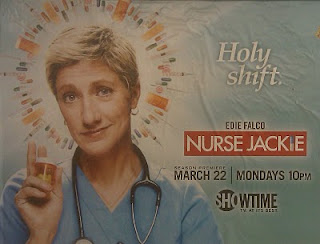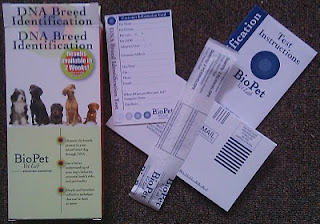The other day I heard a radio commentator on National Public Radio categorize the Democrat position on health care as viewing health care as a right and the Republicans position as viewing health care as a responsibility. I wonder, must it be either or?
The Declaration of Independence establishes that as a nation “We hold these truths to be self-evident, that all men are created equal, that they are endowed by their Creator with certain unalienable Rights, that among these are Life, Liberty and the pursuit of Happiness.” While we might have an unalienable right to life, we know that we will not and cannot live forever. Each and every one of us will someday die. Until the day of our death arrives, however, our life ought to be one that is generally free and potentially happy. A life without universal access to basic health care will most likely not be a happy life and illness can place numerous limits upon our individual liberty and freedom.
The Preamble of the constitution states “We the People of the United States, in Order to form a more perfect Union, establish Justice, insure domestic Tranquility, provide for the common defence, promote the general Welfare, and secure the Blessings of Liberty to ourselves and our Posterity, do ordain and establish this Constitution for the United States of America.” Does not universal access to basic health care help insure domestic Tranquilty and one way we as a nation can provide for the common defence and general welfare of ourselves and Posterity?
When only the highly compensated and the wealthy can afford basic health care while the underemployed and those working at near minimum wage cannot afford access to basic health care, our nation is ripe for revolution. Thus universal access to basic health care helps to insure our domestic Tranquility.
There are enemies of the United States other than foreign armies. A pandemic could easily kill more Americans than a military invader. Cancer, heart disease and other illness have, in the past few decades, killed more Americans than any terrorist or foreign conflict. Should we not be investing, as a nation, in defending against enemies such as germs, viruses, and preventable diseases?
When a large segment of our population often has to live and work in pain and discomfort because they do not have access to affordable basic health care, we as a nation have not failed to provide for the general welfare but have burdened and crippled our economy. When productivity is affected by workers unable to work because of preventable or treatable illness and diseases we as a nation suffer. If you currently have access to basic health care you may not be too concerned about whether or not others have such access until you need a plumber, electrician, auto mechanic, or other service provider who is unavailable because an easily treatable illness when untreated due to their lack of access to basic health care.
Universal basic health care—that is immunizations, treatment for common accidents and illness, checkups, preventative dental care, corrective lenses—ought to be the right of every American. It makes economic sense. It is part of the social contract that is reflected in the foundational documents of our nation. On the other hand, there is a limit. Not all health care is “basic”.








 Last Friday and Saturday my wife and I spent more time than usual riding the New York City subway, making two round trips between the Halsey Street station on the “L” line and the 155th Street Station on the “A” line. During our commutes it seemed like every station we passed through had one or more wall advertisements promoting the Showtime Series
Last Friday and Saturday my wife and I spent more time than usual riding the New York City subway, making two round trips between the Halsey Street station on the “L” line and the 155th Street Station on the “A” line. During our commutes it seemed like every station we passed through had one or more wall advertisements promoting the Showtime Series 




 Every month on Summit to Shore I feature a different original photo for the header. For odd numbered months I feature a “shore” shot and for even numbered months I feature a “summit” shot. This month’s photo of Atlantic City, NJ at sunset was taken with my
Every month on Summit to Shore I feature a different original photo for the header. For odd numbered months I feature a “shore” shot and for even numbered months I feature a “summit” shot. This month’s photo of Atlantic City, NJ at sunset was taken with my